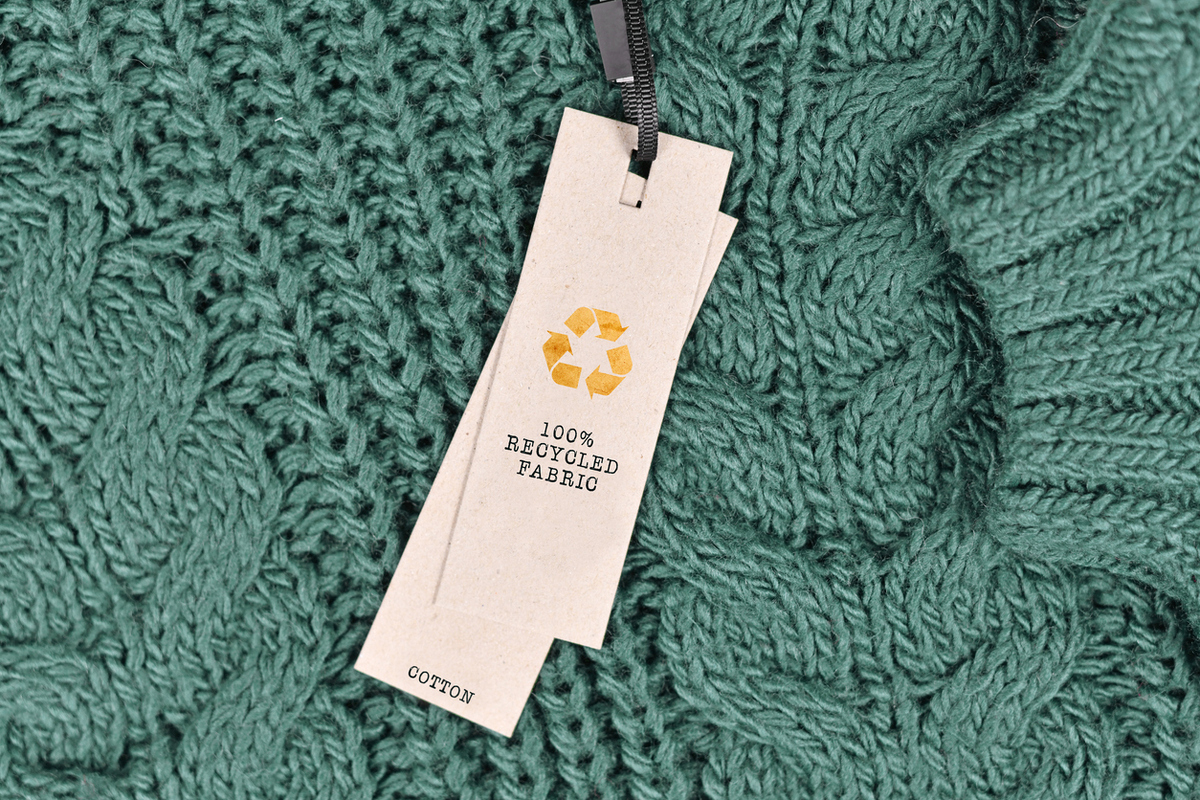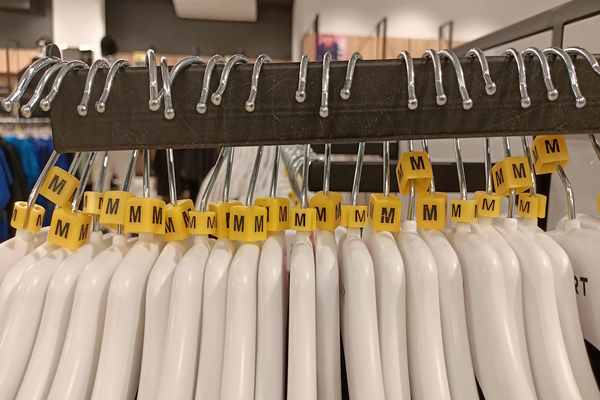Fast fashion’s waste problem could be solved by recycled textiles but brands need to help boost production

Earlier this year, fast fashion retailer Zara released its first womenswear collection made of recycled poly-cotton textile waste. The collection is available for sale in 11 countries, helping clothing made of blended textile waste reach the mass market.
The collection came about after Zara’s parent company Inditex invested in textile recycler Circ. This follows a €100 million (£87 million) deal between Inditex and Finnish textile recycler Infinited Fiber Company for 30 per cent of its recycled output. Zara’s fast fashion rival H&M has also entered a five-year contract with Swedish textile recycler Renewcell to acquire 9,072 tonnes of recycled fibre – equivalent to 50 million T-shirts.
There is a growing appetite among some fashion retailers to turn old clothes into high-quality fibres, and then into new clothes. But even though well-known brands are developing lines using recycled textiles, this movement has not yet reached the scale needed to have a truly global impact.
Before this recent growth in interest in textile recycling, fast fashion’s efforts to tackle throwaway attitudes towards affordable clothing often simply added to the global textile waste mountain – especially in developing countries, say campaigners like Greenpeace.
For example, a skirt deposited at a London chain store under a take-back scheme was reportedly found in a landfill in Bamako, Mali. This is not an isolated incident, it’s a sector-wide problem that sees old clothes being collected but not disposed of properly. An estimated 15 million used clothing items are shipped to Ghana each week from around the world and many end up in the country’s landfills. This is often referred to as waste colonialism.
The fast fashion industry needs greater access to recycled textiles to address this problem. But this means having the means to track “thrown-away” garments to collect those suitable for recycling. The industry also needs facilities that are big enough to turn this waste into new materials for clothing at the scale needed to meet mass market demand.
This is particularly important as these firms prepare for an EU crackdown on the region’s own waste mountain. Following the EU strategy for Sustainable and Circular textiles 2022, the European Commission is drafting new legislation over the next five years to make the fashion industry pay for the cost of processing discarded clothing.
Under the new EU rules, companies will be expected to collect waste equivalent to a certain percentage of their production. While the exact amount has not yet been confirmed yet, European commissioner for the environment Virginijus Sinkevičius has said it will “definitely” be more than 5 per cent of production. Companies may have to pay a fee (reportedly equivalent to €0.12 per T-shirt) towards local authorities’ waste collection work.
But fast fashion brands must ensure that this doesn’t just dump the problem of textile waste into other countries’ landfills. Instead, developing lines out of recycled textiles could give these old clothes a new lease of life.
A Fashion Pact signed by more than 160 brands (a third of the sector by volume) commits companies to ensure that, by 2025, 25 per cent of the raw materials such as textiles that they use have a low impact on the environment – recycled fibre is considered a low-impact material. Some brands have set more ambitious targets, including Adidas, which has committed to using 100 per cent recycled plastics by 2024, and Zara-owner Inditex, which pledged to source 40 per cent of its fibres from recycling processes by 2030.
These impending deadlines, plus the EU legislation, should motivate brands to use more recycled fibres. While the supply of such material is currently limited, an influx of recycling start-ups are finding ways to turn old clothes into new fibres that replicate the look and feel of virgin materials
.
Start-ups like Spinnova, Renewcell and Infinited Fibre have developed chemical recycling technologies to create new fibres from cotton-rich clothing. And while cheap low-cost blended materials like poly-cotton are difficult to separate and recycle, firms like Worn Again, Envrnu, and Circ are tackling this problem, too.
Worn Again plans to build a new recycling demo plant in Switzerland, paving the way for 40 licensed plants by 2040, which would be capable of processing 1.8 million tonnes of textile waste per year.
Taking textile recycling from hype to reality
Up to 26 per cent of Europe’s textile waste could be recycled by 2030, according to some estimates, according to a 2022 McKinsey report. This would generate €3.5-€4.5 billion in economic output for the EU, create 15,000 new jobs, and save 3.6 million tonnes of CO². But only 1 per cent of textiles are currently being recycled globally into new clothes – the recycling technology needed for this shift is still in its infancy.
Part of the challenge in scaling up textile recycling to this degree is the lack of information available about what happens to clothes that are thrown away. Sharing data on the volume, locations and compositions of waste generated in the supply chain and collected post-consumption would help evaluate the full potential of textile recycling. Companies like Reverse Resources already provide online databases of information on textile waste – in this case for a global network of 70 recyclers, 44 waste handlers and 1,287 manufacturers in 24 countries.
Increasing textile recycling will require a collaborative approach, as will the development of the technology needed to create high-quality recycled textiles. Brands, investors, suppliers, recyclers, technology providers and local governments must come together to find ways to grow the textile recycling industry. The recent New Cotton Project that involves 12 brands (including H&M group and Adidas), manufacturers, suppliers and research institutes is a first step towards increasing textile recycling.
More money is also needed from all of these groups. To reach the recycling rate of 18 per cent-26 per cent by 2030, it will take billions in infrastructure investment for collecting, sorting and processing textile waste.
Textile recycling is no longer for a few “sustainable” fashion firms – it is quickly becoming a reality that no fast fashion firm can ignore. Shoppers must demand that the brands they love show their commitment to textile recycling beyond marketing campaigns and low-volume fashion collections.![]()
Quynh Do Nhu, Assistant Professor in Logistics and Supply Chain Management, Lancaster University and Mark Stevenson, Professor of Operations Management, Lancaster University
This article is republished from The Conversation under a Creative Commons license. Read the original article.

Business Reporter Team
You may also like
Most Viewed
Winston House, 3rd Floor, Units 306-309, 2-4 Dollis Park, London, N3 1HF
23-29 Hendon Lane, London, N3 1RT
020 8349 4363
© 2025, Lyonsdown Limited. Business Reporter® is a registered trademark of Lyonsdown Ltd. VAT registration number: 830519543





